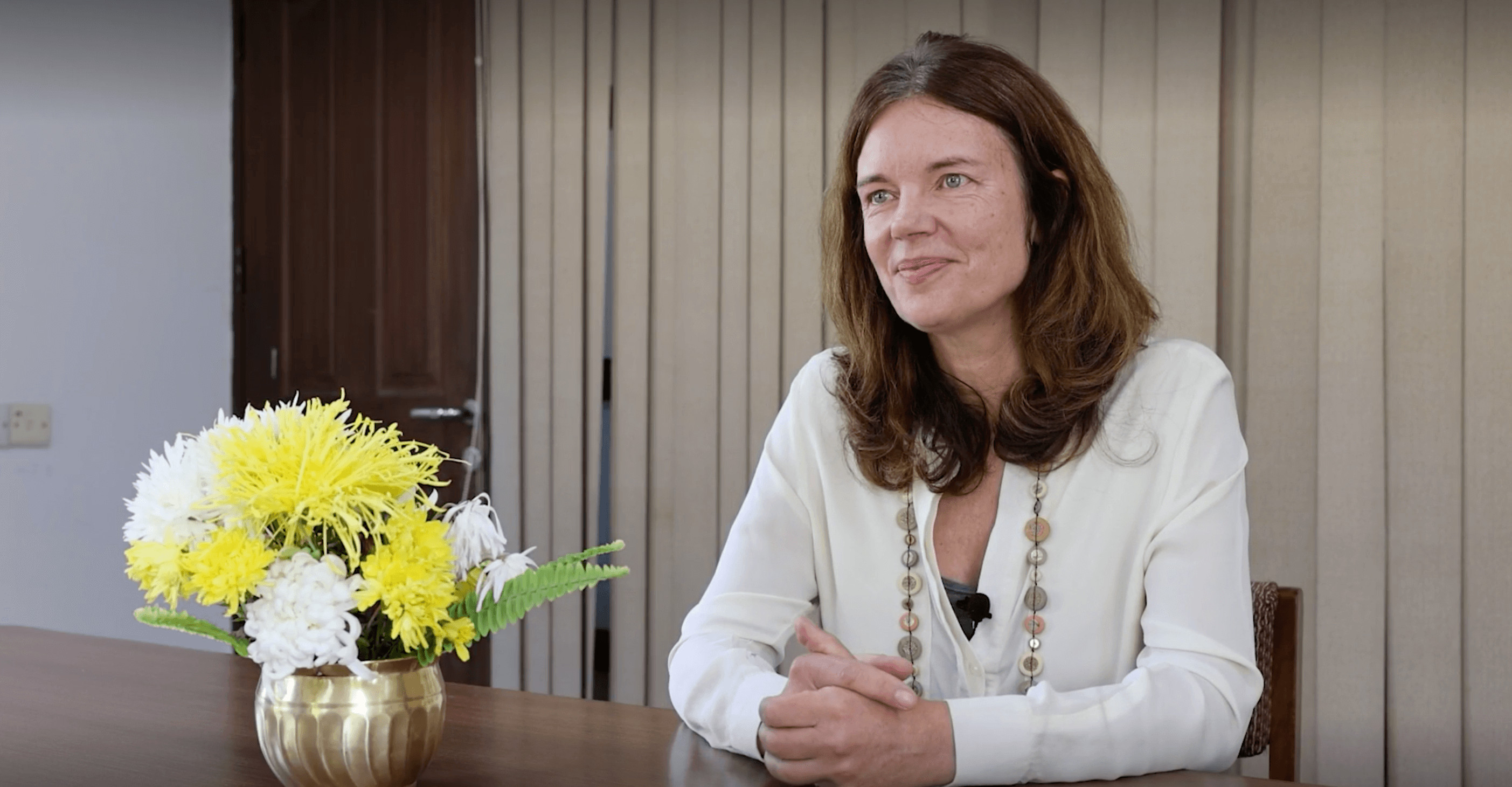Women of the mountains

Deputy Director General of the International Centre for Integrated Mountain Development (ICIMOD) Izabella Koziell recently won the UN Women Rise and Raise Others Award. Nepali Times spoke to her about the importance of women in the climate space by empowering women to meet the challenges to the Himalaya by the climate crisis.
Nepali Times: You recently won the Women Rise and Raise Others Award. How does that validate the work that you have been doing?
Izabella Koziell: It’s certainly a huge honour. I started my career in dryland Tanzania and was the only woman working for the program at that time. During my career, I saw how fundamental women are to building economies and maintaining agro-biodiversity. I later joined the British government and the International Water Management Institute (IWMI) where ensuring gender equality was a priority. As ICIMOD implements its new ‘Strategy 2030: Moving Mountains’ we have really put women at the heart of the program because women are largely left out in the mountain regions, and we need their leadership to move forward.
Read more: “We have not respected the fragility of the Himalaya”
Why is empowering women and women’s leadership so important in addressing the impact of climate change in the Himalaya?
We all know we have a crisis on our hands. We need different kinds of transformational decisions as we move forward. Women bring diversity of thought and perspective to the table. I’m not saying that it should be only women making decisions, but we at least need that equality around the table given the challenges that we face.
Read also: Turning on the heat, Ajay Dixit
What is science telling us about the impact of climate change on the Himalaya, and how is this affecting women?
The impact of climate change on the Himalaya Hindu Kush mountains are really quite drastic. When we look at the science, we know that at a 1.5°C increase in global temperatures, there is going to be significant melting of the glaciers, snow, and permafrost. We also know that, at higher altitudes, 1.5°C will actually be 1.8°C since there is heightened warming at higher altitudes.
Women will be more affected by the increasing incidence of disasters that are associated with climate change. Biodiversity loss will disproportionately impact women because women rely on the harvesting of various plant species at high altitudes. Lastly, when it comes to mountain economies, we know that the demographic of the mountains and high-altitude regions are majority women because men have out-migrated. However, many of the institutions and norms are not always geared to women even though women are left building their livelihoods in these mountain areas.
Read also: “Time to walk the talk on climate change in the Himalaya”, Nepali Times
What are the priorities in ICIMOD’s ‘Strategy 2030: Moving Mountains?
We have a new four-year plan that we’ve titled ‘Embracing Change and Accelerating Action.’ As a regional inter-governmental centre that has been in existence for almost 40 years in this region, we should play a really important role as we move forward to 2030. We have been working very hard on how we prioritise our projects because we are facing a set of unprecedented circumstances. We have decided to take our work forwards in three primary areas: the first is around reducing climate and environmental risks. The second will be on green and inclusive mountain economies. Our third focus area is looking at regional and global mechanisms for sustainable action.
Read also: UN climate report declares planetary emergency, Sonia Awale
How do we encourage young women to be climate leaders of the future?
From my experience, women are fundamental to climate leadership in the future, so I wholeheartedly encourage any young woman to keep at it. It takes a lot of determination and a lot of hard work. Out of that come resilience and strength that actually puts women in a prime position to be leaders. The future has to look different. We need a lot of innovation and we need alternative thinkers. Women can bring that to the table alongside male colleagues.
What have you observed in Nepal so far?
Recently, I walked up Langtang Valley which is one of the most renowned tourist treks. I couldn’t help thinking how difficult the circumstances remain for many of the communities that are left up in these regions. Of course, Langtang was particularly badly hit by the earthquake and avalanche in 2015. What struck me while in Langtang is that we really need action, and we need it now.
Read more: Climate change is a disaster in the Nepal Himalaya, Sonam Choekyi Lama
